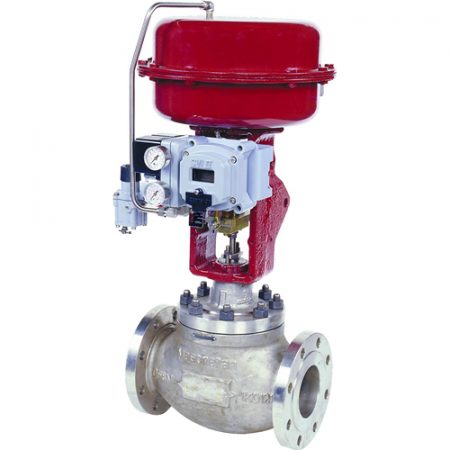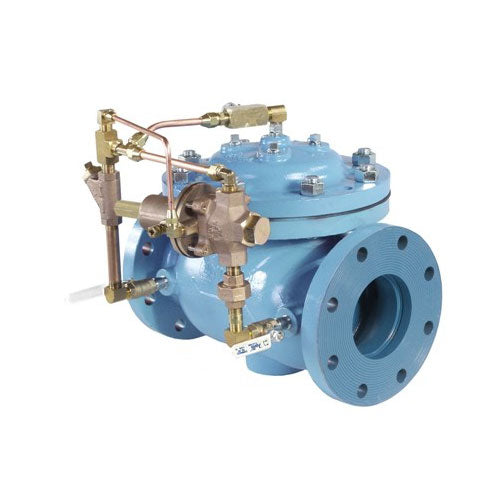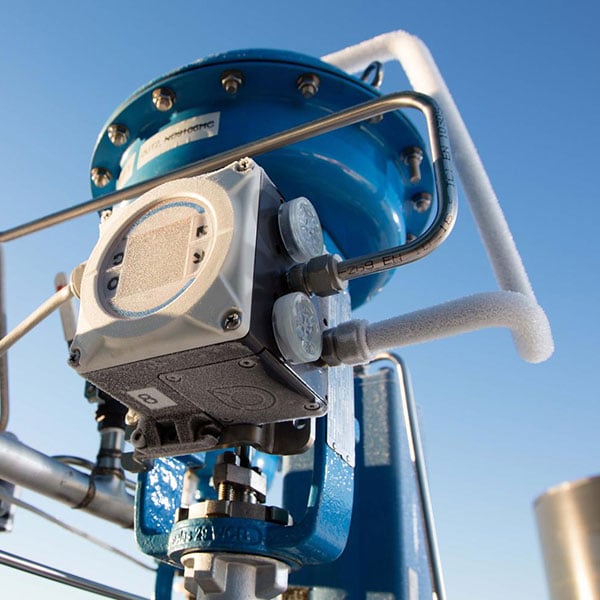Selecting the Right Control Valves: A Guide to Optimal System Efficiency
Selecting the Right Control Valves: A Guide to Optimal System Efficiency
Blog Article

Maximize Power Savings and Comfort With Advanced Building Automation Controls
In the world of contemporary architecture and center management, the integration of innovative structure automation manages stands as a crucial development. The merging of modern technology and sustainability has actually birthed a new period where power performance, convenience optimization, and functional streamlining are no longer achievable facts but remote desires. By taking advantage of the power of automation, structures can adapt, respond, and advance in means that were once unimaginable. The possibility for considerable energy financial savings and enhanced convenience is not simply a promise however a possibility waiting to be satisfied. This paradigm change in building monitoring holds the crucial to unlocking a globe where environmental conscientiousness and owner well-being harmoniously exist side-by-side within the walls of our structures.
Energy Effectiveness Conveniences
Power performance benefits can significantly lower power intake and functional prices in buildings. Energy-efficient systems, such as sophisticated structure automation controls, can maximize the use of resources like heating, cooling, and lights, leading to reduced energy expenditures over time.
Moreover, boosted power performance can extend the lifespan of structure devices and systems. By operating more successfully, cooling and heating systems, lighting components, and various other building parts experience less wear and tear, leading to reduced upkeep and replacement prices. Furthermore, energy-efficient buildings often regulate higher home values and rental prices, offering lasting financial advantages to owners.
In addition, energy effectiveness can enhance owner comfort and performance. Properly controlled interior atmospheres with optimum lighting and thermal conditions create an even more pleasant and favorable work area, bring about improved employee contentment and performance. In general, the energy performance benefits connected with innovative structure automation controls are multifaceted, including price financial savings, environmental stewardship, and resident wellness.
Enhanced Convenience Control
Enhancing convenience control in structure atmospheres needs an innovative assimilation of sophisticated automation systems for optimal owner well-being. By making use of sophisticated building automation controls, centers can tailor the indoor environment to fulfill the particular demands and choices of passengers. control valves.
By including these advanced controls, buildings can not only boost convenience yet also improve energy efficiency by optimizing system procedures based on actual tenancy and use patterns. Inevitably, focusing on resident comfort with sophisticated automation systems leads to a much more pleasurable and healthier indoor environment.
Operational Effectiveness Improvements

Moreover, the application of real-time monitoring and analytics devices allows structure operators to identify power ineffectiveness and operational abnormalities without delay. By continually checking energy use patterns and system efficiency metrics, modifications can be made in real-time to enhance power usage and ensure peak functional effectiveness. control valves. Additionally, including demand feedback techniques right why not try here into structure automation controls can additionally improve functional performance by dynamically readjusting energy use based on grid problems and rates signals
Indoor Environment Optimization
Efficient indoor environment optimization is a fundamental facet of building automation controls, ensuring residents' convenience and health while maximizing energy cost savings. By using innovative sensing units and controls, developing automation systems can continuously check and readjust temperature, moisture levels, air high quality, and air flow to develop an optimal indoor atmosphere. Keeping regular and comfy conditions not just improves owner contentment but also improves efficiency and general wellness.
Interior environment optimization additionally plays an important function in energy effectiveness. By fine-tuning heating, air flow, and air conditioning systems based on real-time information and tenancy patterns, constructing automation controls can dramatically lower power usage - control valves. For example, executing techniques such as demand-controlled air flow and thermal zoning can assist reduce power waste while making sure that each area of the structure obtains the needed conditioning.

Lasting Atmosphere Creation
Structure automation controls not just maximize indoor environment problems for energy efficiency and resident comfort however additionally lay the structure for developing a sustainable environment via critical management of systems and resources. By incorporating advanced building automation technologies, such as sensing units, actuators, and smart software, centers can change and check energy use in real-time to minimize waste and reduce their carbon impact. These systems enable predictive upkeep, identifying prospective issues use this link prior to they escalate and optimizing devices efficiency to improve long life and efficiency.
Additionally, lasting environment production extends beyond energy administration to incorporate water preservation, waste reduction, and indoor air high quality enhancement. Building automation controls can regulate water usage, identify leaks, and guarantee appropriate garbage disposal practices, contributing to overall sustainability efforts. Furthermore, use this link by keeping an eye on and regulating ventilation and filtration systems, these innovations enhance passenger health and wellness and efficiency while lowering power consumption connected with cooling and heating procedures.
Verdict
In verdict, progressed structure automation manages offer substantial advantages in terms of energy savings, comfort control, functional performance, indoor environment optimization, and creating a sustainable setting. By applying these controls, structures can achieve optimum efficiency while lowering energy usage and improving occupant convenience. It appears that the use of sophisticated automation innovation is important in enhancing structure performance and developing a much more sustainable future.
Power effectiveness benefits can significantly minimize energy consumption and functional costs in structures. Overall, the power performance advantages associated with sophisticated building automation controls are multifaceted, incorporating expense financial savings, ecological stewardship, and passenger well-being.
Furthermore, integrating need reaction strategies right into structure automation controls can further boost functional performance by dynamically adjusting power use based on grid conditions and rates signals.
Structure automation controls not just optimize interior climate problems for power efficiency and owner comfort however likewise lay the foundation for developing a sustainable environment through tactical administration of systems and sources.In verdict, progressed structure automation manages offer considerable benefits in terms of energy cost savings, comfort control, operational efficiency, interior environment optimization, and producing a sustainable environment.
Report this page